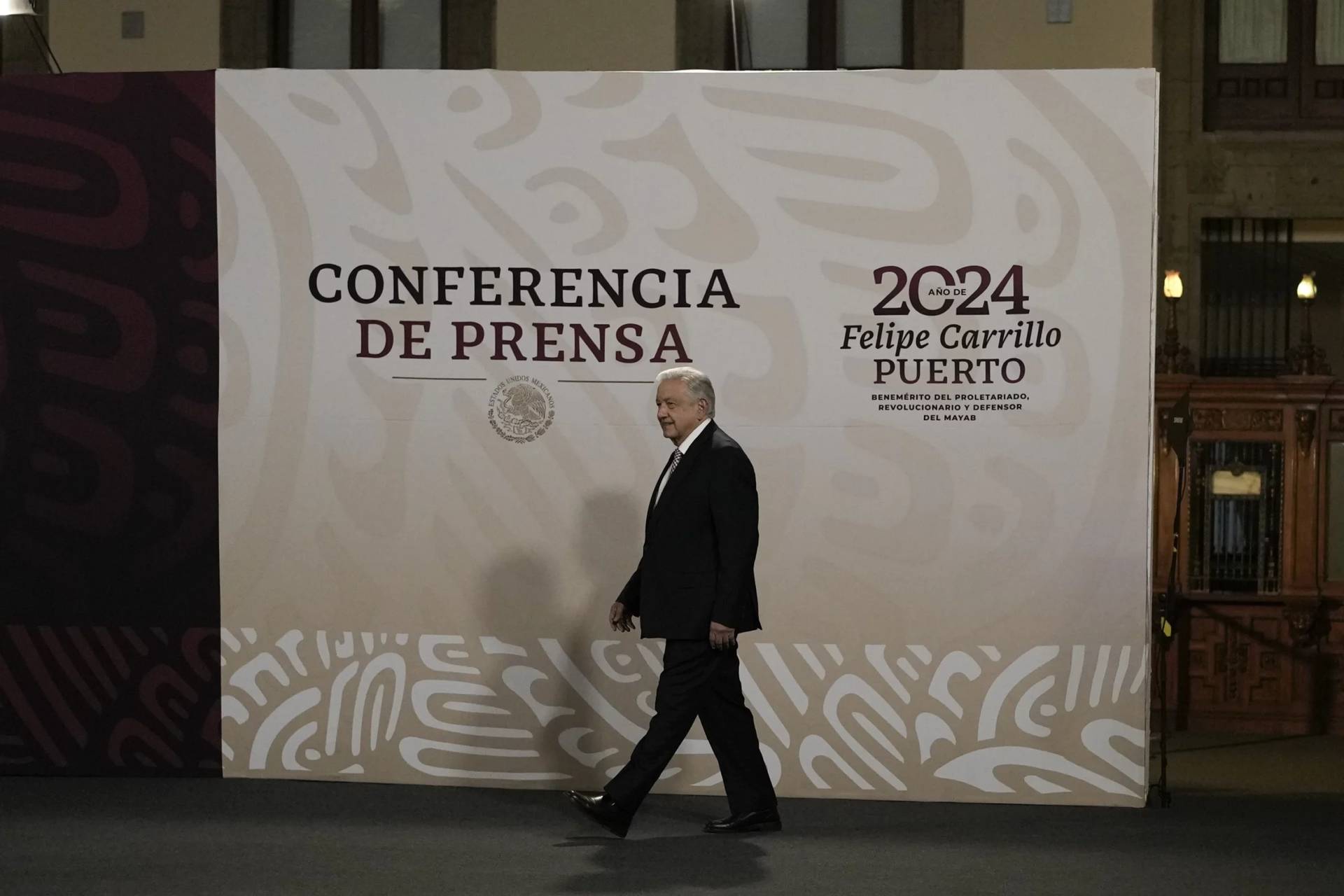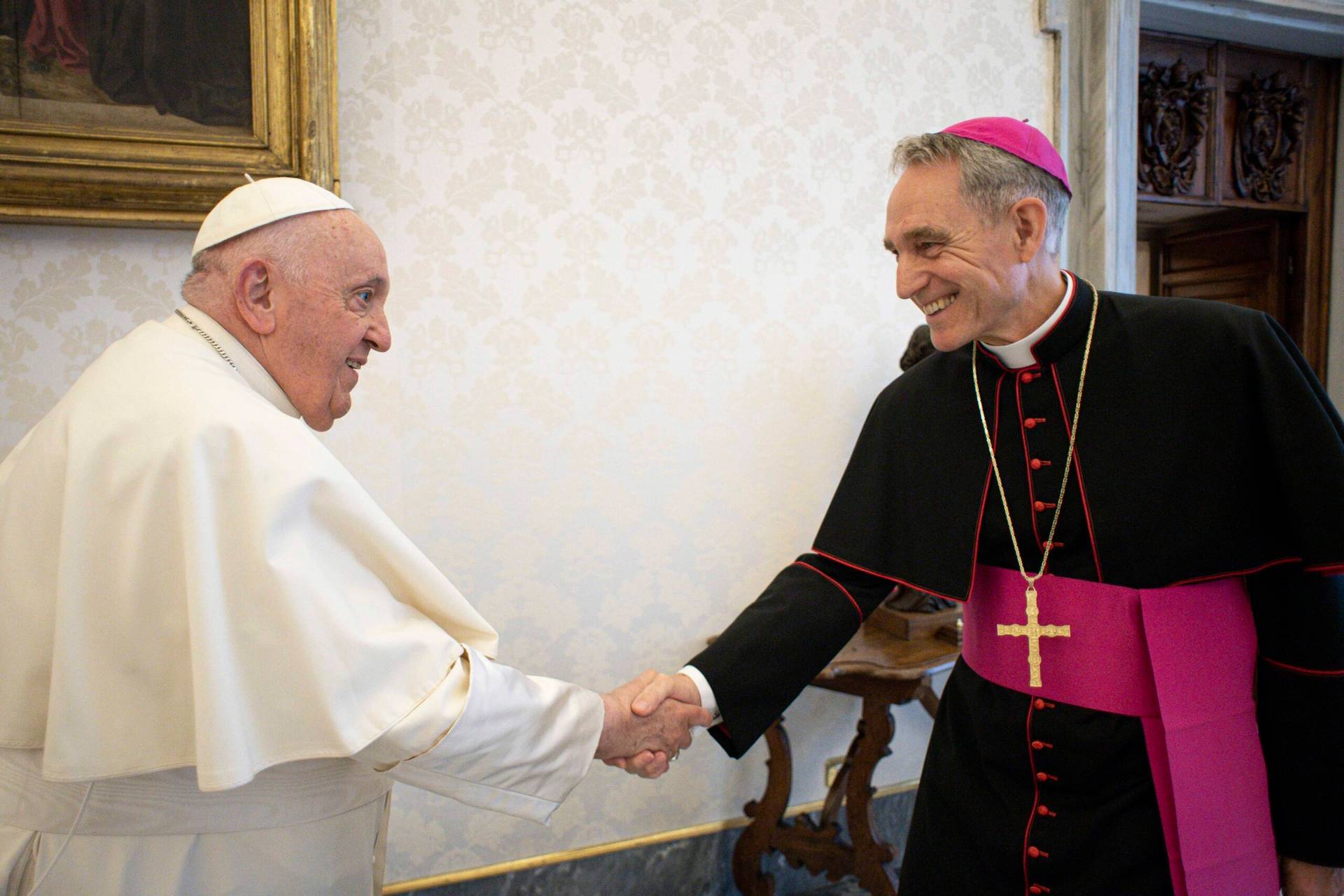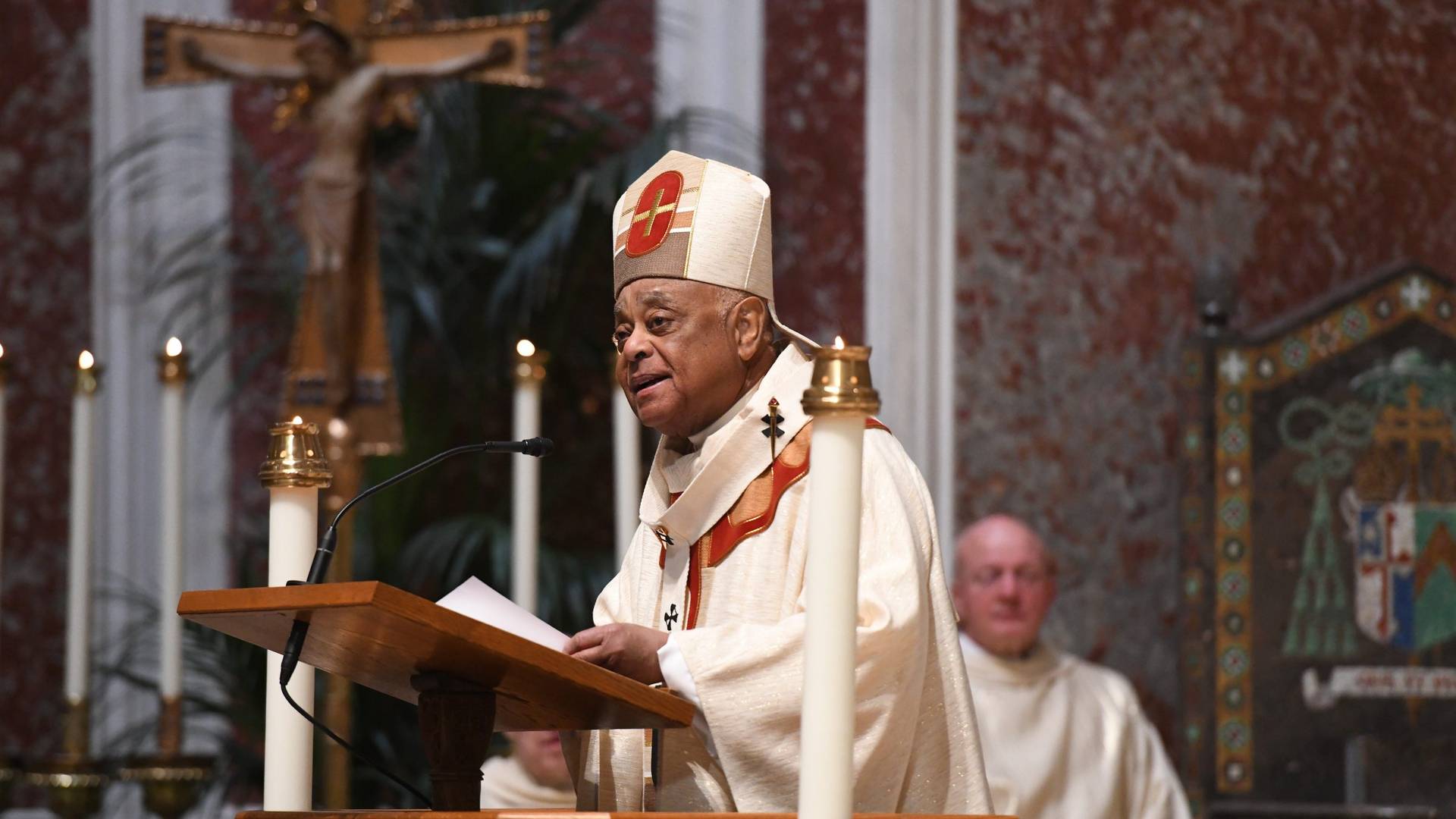ROME – With release of an annual report showing a healthy profit in 2020 despite the Coronavirus pandemic, Friday capped what’s already been a good run in June for the Institute for the Works of Religion, the so-called “Vatican bank,” including good grades from Europe’s top financial watchdog and a key recognition by the IRS in America.
In tandem with other milestones in recent years, President Jean-Baptiste de Franssu, the French economist and banker who’s led the IOR since 2014, believes June 2021 marks an historic turning point.
“I think we can say,” de Franssu told Crux, “that the era of the old Vatican bank is over.”
By that, de Franssu was referring to the bad old days of the Vatican bank in the 1970s, 80s and 90s, featuring bodies hanging under bridges, spectacular bank collapses, cozy relationships with mobsters and sleazy financiers, all wrapped under a blanket of near-complete secrecy and obfuscation. The Vatican bank became a fixture in potboiler novels and popular films, the world’s leading metaphor for corruption under guise of sanctity.
How odious was the bank’s reputation? More than a decade ago, I had a random encounter with a veteran Italian banker at a reception, who, over a glass of prosecco, put it this way: “Everyone knows that in Italy, the dirty money in the north goes to Switzerland, in the south it goes to Sicily, and in the middle it goes to the Vatican bank.”
Pope emeritus Benedict XVI began a clean-up process more than a decade ago, ordering an external review of accounts at the IOR to get rid of shady characters and creating a new financial watchdog in the Vatican, and it’s accelerated under Pope Francis. Today, most experts believe that while other Vatican financial centers may still be question marks, the “bank” is largely clean.
One proof of the point is the annual financial statement IOR has been releasing for the last nine years, which, in its most recent version on Friday, runs to 134 pages and includes the results of an independent external audit. It features details on the IOR’s 14,991 clients worldwide (half of which are religious orders), the 107 staff members who work for the bank, and the distribution of the roughly $6 billion in client assets the IOR manages.
In general, the report is good news. It shows the IOR turned a $44.3 million profit in 2020, essentially the same as the $46.3 million it earned in 2019, despite a sluggish global economy in 2020 marked by closures and losses due to the Covid panic.
Seventy five percent of that income, or $33.3 million, was donated to the pope to use as he sees fit. In a time of ballooning Vatican deficits, that’s a desperately needed financial lifeline.
Moreover, it would seem the IOR achieved that profit without any hanky-panky. On Wednesday, the latest evaluation of Vatican finances was released by Moneyval, the Council of Europe’s anti-money laundering watchdog group, and while it had critical things to say on other fronts – especially the underwhelming results of prosecutions and convictions for financial crimes by the Vatican’s judicial system – it was positive about the IOR.
“Overall, the [Vatican bank] has a sound understanding of its risks … in general, customer due diligence and record-keeping obligations have been applied diligently and there is a rigorous risk-based transaction monitoring program … Internal control measures and procedures have significantly improved in recent years and the measures put in place are generally effective,” Moneyval concluded.
One week before the report was released, the IOR also achieved recognition from the US Internal Revenue Service as a “qualified intermediary,” which means that its “know-your-customer” rules conform to international standards and are equivalent to those in the States. In effect, it means that the IOR can now do business directly in the US rather than operating through third-party banks, which should reduce its transaction costs and allow it to manage client assets more efficiently.
De Franssu says these achievements build on others over the course of the reform, such as a 2019 deal in which the Vatican was admitted to the Single Euro Payments Area (SEPA) to facilitate credit card and debit payments. That agreement came after the Bank of Italy had suspended all credit card payments at the Vatican in 2013 amid investigations by Rome prosecutors of a money laundering case, among other things compelling all visitors to the Vatican who wanted to pick up some swag to pay in cash.
In 2016, the Vatican and Italy entered into a new financial agreement which, among other things, meant the Vatican is now included on the “White List” of the Ministry of Economy and Finance, which makes clients of the IOR investing in Italy eligible for certain tax benefits, such as a waiver from a steep tax on interest income. Fundamentally, the White List is a certification that the banking system of the country in question is compliant with exchange-of-information obligations and the other rules of the global financial game.
“We’re not perfect,” de Franssu said, “and we’ve still got a lot of work to do, but I think we can say we’re in a fundamentally different position.”
Traditionally, there are five major financial centers inside the Vatican:
- IOR (“Vatican bank”)
- The Administration of the Patrimony of the Apostolic See (APSA)
- The Government of the Vatican City-State
- The Secretariat of State
- The Congregation for the Evangelization of Peoples, for mission territories
Last November Pope Francis ordered the Secretariat of State to transfer its holdings to APSA amid an unfolding London real estate scandal, but operationally it still remains a player. (As the old Vatican saw goes, “Once something goes into the Secretariat of State, it never comes back out.”)
In the past, the Vatican bank was considered the most mysterious and suspect of those five centers; today, experts say it leads the pack, by a considerable margin, on transparency and accountability.
Perhaps the moral of the story is this: The much-vaunted financial reform of the Vatican clearly remains a work in progress, as the London case proves, not to mention a similar scandal still unfolding involving the attempted purchase of the former headquarters building of the Budapest Stock Exchange in Hungary, a deal executed under the IOR’s previous management.
Yet there is nonetheless still a case for hope – because if the disinfecting rays of reform can penetrate the once-opaque caverns of the Vatican bank, then maybe it’s possible pretty much anyplace.
Follow John Allen on Twitter: @JohnLAllenJr
















